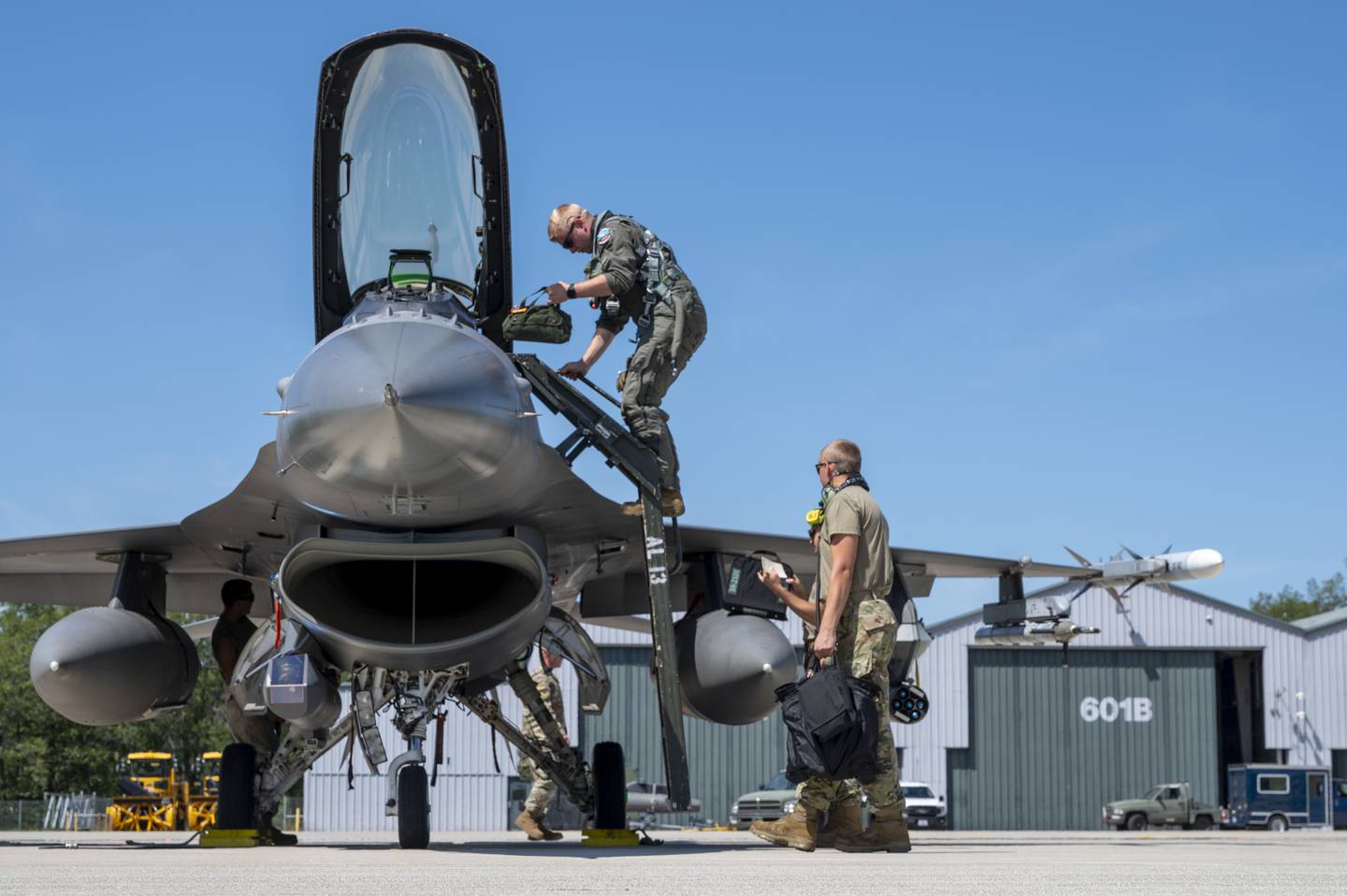The Office of the Secretary of Defense’s establishment of the Chief Digital and Artificial Intelligence Office in 2022 marked a pivotal moment in the Defense Department’s progress toward becoming a data-centric, AI-enabled organization.
The brainchild of Deputy Secretary of Defense Kathleen Hicks, the CDAO’s primary mission is to leverage the power of software and AI to revolutionize the speed and effectiveness of data integration and decision-making across the Joint Force and Combatant Commands.
This mission is driven by more than technological curiosity, it is driven by need — if the U.S. is going to successfully deter and defeat technologically advanced adversaries, it must harness the force-multiplying benefits of data-driven technologies.
The digital modernization process is no trivial task, but the CDAO has found a unique vehicle to drive department-wide change — the Global Information Dominance Experiment, or GIDE, series. Initially created by Northern Command in 2020, and now led by the CDAO, GIDE is the first joint, globally integrated experiment to focus on cross-COCOM data integration, analytics and AI.

The experiments are a pathfinder for scaling technological advancement and organizational change through relentless incremental progress. With the eighth and final GIDE of 2023 successfully completed last week, how can the DoD sustain this momentum of experimentation, innovation and growth going forward? In short, policymakers must: (1) Recognize how field-to-learn efforts like GIDE can promote DoD-wide organizational change; and (2) provide offices like the CDAO with more sustained investments to continue these essential and iterative efforts.
After only 18 months, the CDAO’s GIDE series is not just improving data integration and decision-making across the COCOMs — it’s field-to-learn approach is enabling every corner of the Department to meet its AI-enabled future. First, with each GIDE iteration, the speed and efficiency of technology adoption is improved by operationally demonstrating the efficacy of commercially available digital capabilities, and promoting an open standards architecture, as recommended in the DoD’s recently released Data, Analytics, and Artificial Intelligence Adoption Strategy.
Start-up culture
Through a start-up culture of learning-by-doing, the CDAO is ensuring that the DoD has access to repeatable, testable, and trustable data workflows, which are essential for harnessing the power of algorithmic decision-making. Second, under the CDAO’s leadership and leveraging investments and activities from OSD’s AI and Data Acceleration (ADA) Initiative, the GIDE series is fostering a cultural change in data sharing within the DoD and beyond by bringing together different departments, agencies, and nations to foster collaboration and innovation.
With each experiment, the GIDE series drives trust building and collaboration between chief data offices across the Department, and expands the universe of readily available data assets. Over time, these experiments have broken down silos and empowered the DoD to improve decision-making across traditional organizational and legacy data boundaries. In sum, the CDAO-led GIDE series is fostering a culture of experimentation that has enabled the Department-wide adoption of new technologies in a disciplined, by-design, learning environment that incorporates rich user feedback.

The result is technological transformation that is bold, yet also reduces risk and ensures that change is made responsibly, securely, and effectively. With the next iteration of GIDE planning already underway for 2024, how can we ensure the DoD continues to bolster and capitalize on these key successes?
Not long ago, OSD’s senior-most leaders and the Department’s congressional overseers had the vision to create a transformative organization, focused on bringing powerful and innovative to the warfighter.
Today, that vision is becoming a reality. After the CDAO’s eighth iteration of GIDE, the benefits to the DoD are clear:
— Iterative delivery, in which the DoD learns by doing with relentless incrementalism;
— Experimentation on live, operational networks with leave-behind capability through the use of the available data, even as the DoD builds data quality for the future;
— An evolution in warfighting concepts — including Tactics, Techniques, and Procedures — with warfighters and data professionals innovating side-by-side;
— Integration across broad-DoD Components and echelons, building the bureaucratic muscle memory of data sharing at enterprise scale.
To ensure that progress is maintained, we must acknowledge that field-to-learn opportunities like GIDE are preparing the warfighter for future challenges and enabling organizational change, and sustain investment in these proven methods.
Admittedly, the landscape of progress towards AI-enabled mission command has not been even across the Department, with the most progress being made at COCOMs that have named Chief Data and Chief Technology Officers tied directly to a Commander. This internal investment and connection with data professionals by Combatant Commanders — who are personally taking part in the GIDE series — has allowed those COCOMs with the highest levels of data maturity to take a lead in charting the DoD’s data-centric future and near-simultaneous adoption of new concepts in real-world operations.
As such, creating more even progress throughout the DoD will require continued centralized investment, attention from senior most leaders at COCOMs and the Joint Staff, and leadership from an office at OSD. With the CDAO’s advocacy and oversight, the advantages of GIDE have surpassed original objectives. Today, these data-driven technological implementations are fostering innovation in technology, workforce, and culture throughout the entire Defense enterprise.
As the DoD continues to evolve, intentional workforce development and personnel rotations will expedite the progress of AI-enabled mission command. This will be achieved as national security and domain experts exchange insights with industry, adopt cutting edge data-driven technologies to create new warfighting concepts, and establish routine opportunities for transitioning between roles.
Dave Spirk, is Senior Counselor at Palantir Technologies. Immediately prior, Spirk was the Chief Data Officer for the Department of Defense. Before that, he was the Chief Data Officer and Director of Artificial Intelligence at USSOCOM and a founding member of Project Maven. After being honorably discharged from the United States Marine Corps, he served as a Senior Executive in leadership positions across multiple Combatant Commands and the Office of the Director of National Intelligence.








